Pu’ukohola Heiau
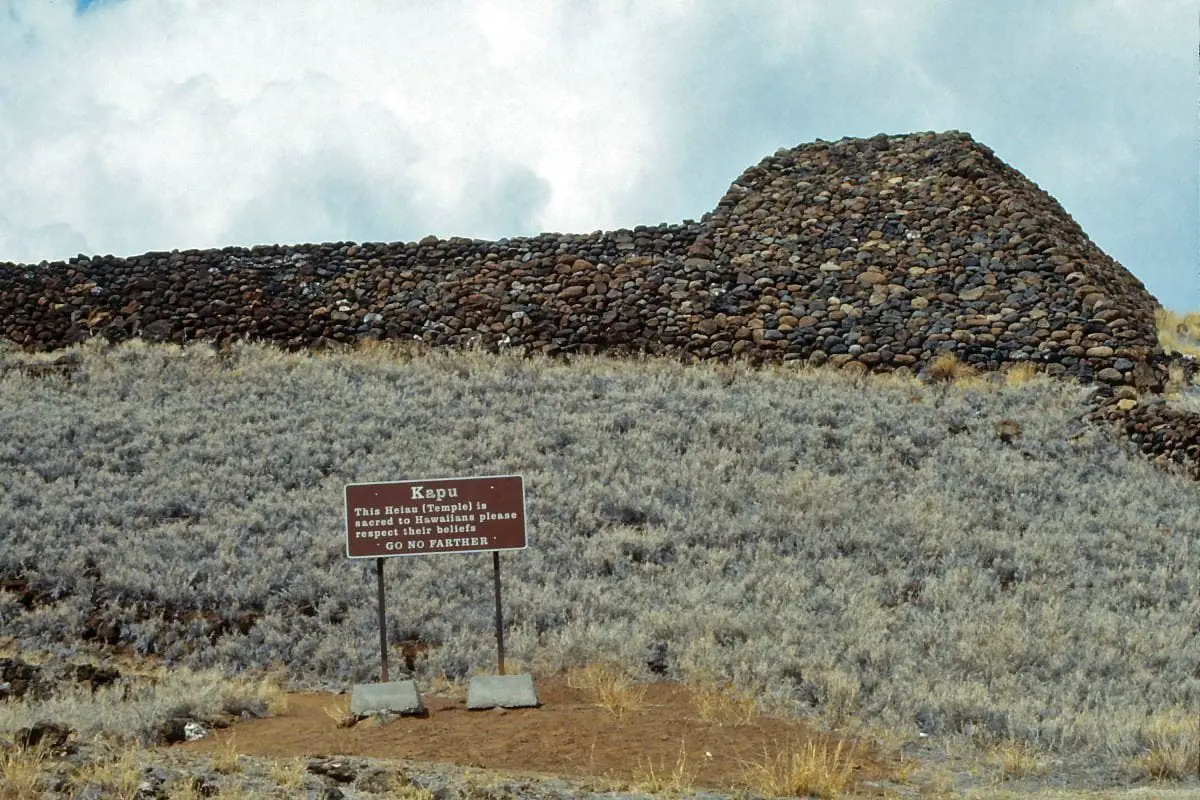
Last and one of the largest ancient Hawaiian temples, built sometime around 1790. The enormous stone platform is an impressive element of the landscape.
Pu’uhonua o Hōnaunau
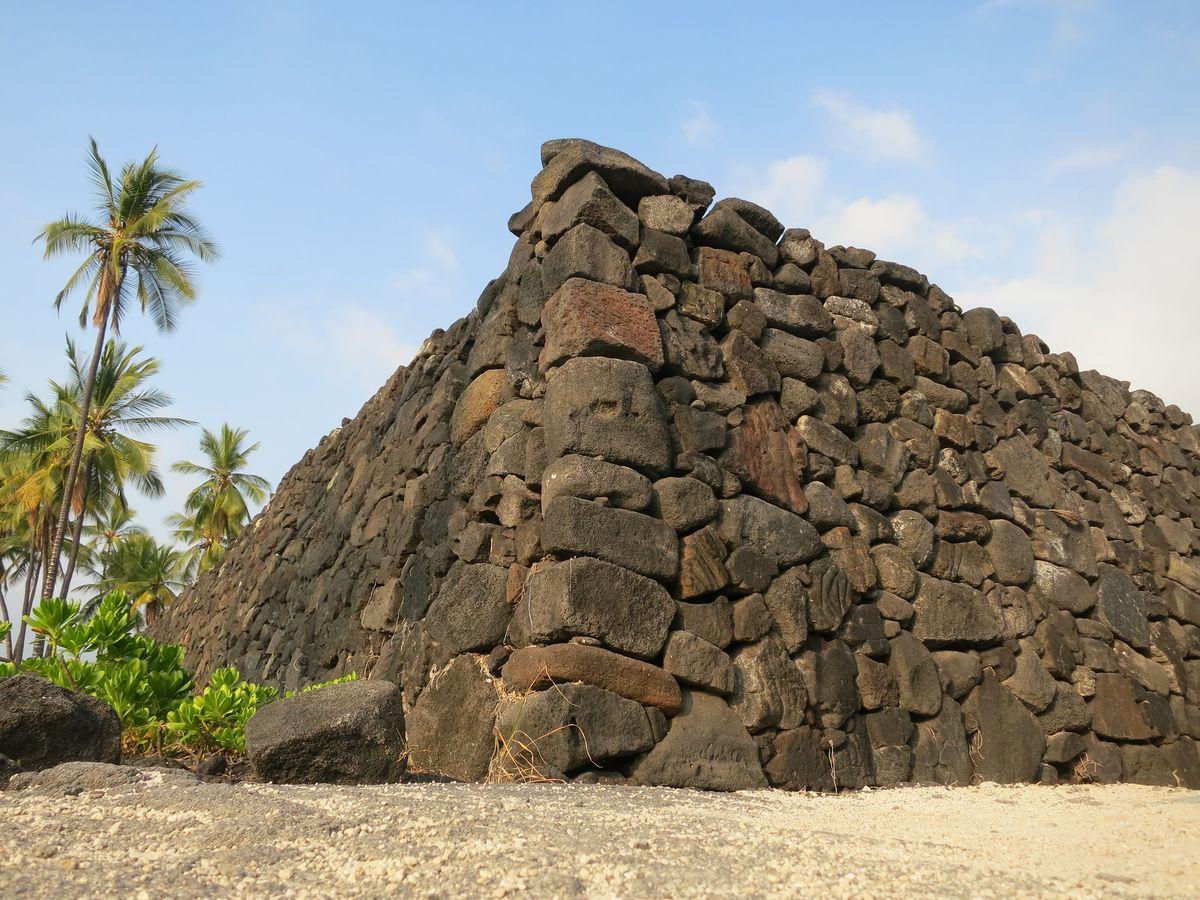
A site where those who broke the law could avoid the death sentence. This tradition continued until the early 19th century. Reconstructed temple, residence site for powerful chiefs.
Puako petroglyphs
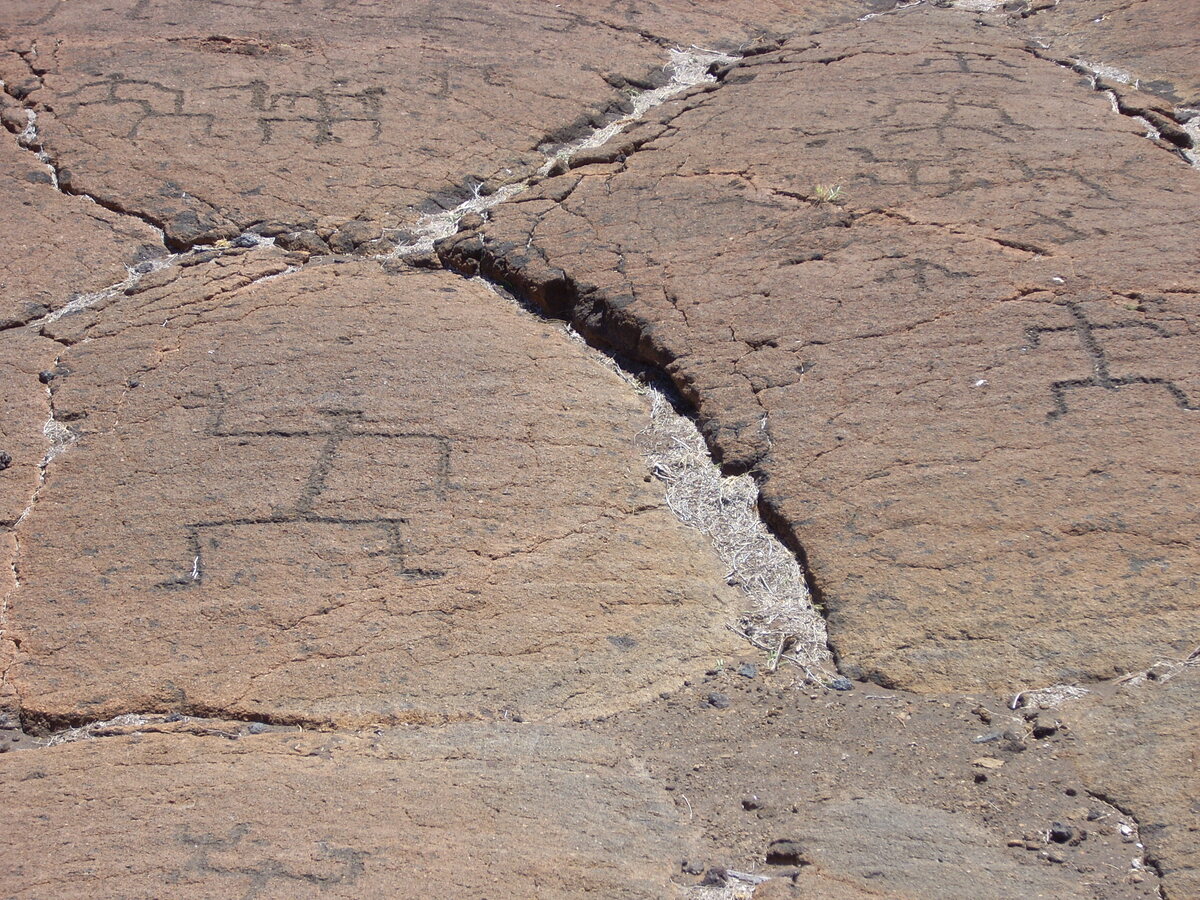
An area with more than 30 000 petroglyphs. This could be the largest collection of petroglyphs in the Pacific region. Numerous signs hint at a preliminary development of a local writing system.
Necker Island in Hawaii
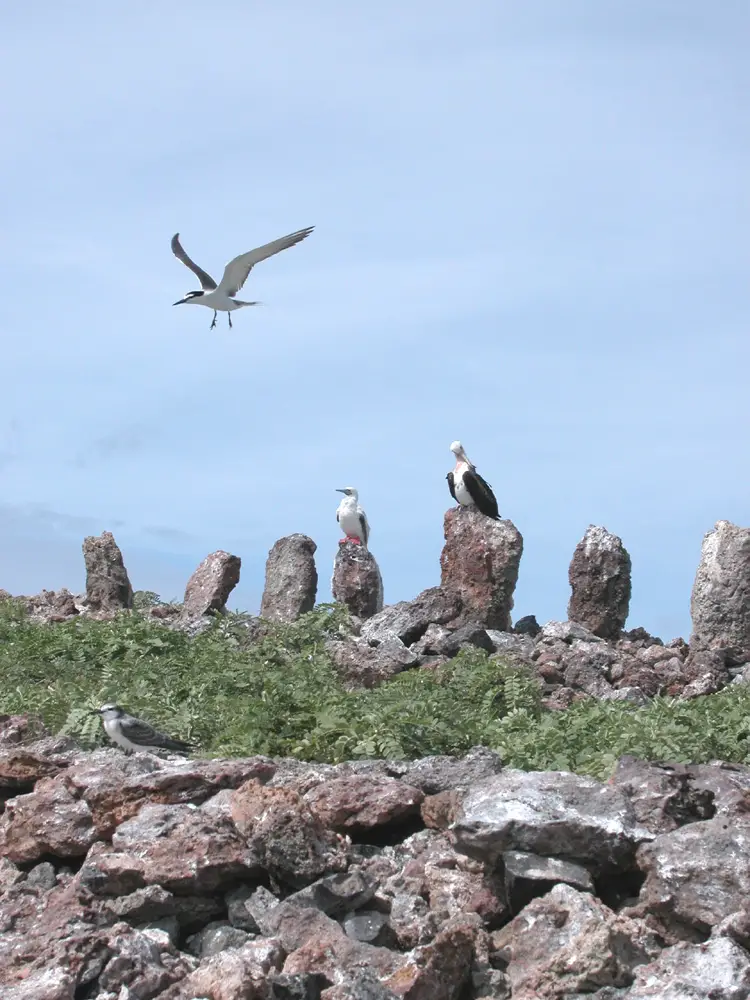
This small, remote, uninhabited island contains 33 stone shrines and many stone artifacts. Archaeologists believe that this island was used for ceremonial purposes. Site of the legends – reportedly, this was the last refuge of Menehune – mythical little people who lived in the Hawaiian Islands before the coming of current native people.
King’s Highway in Maui
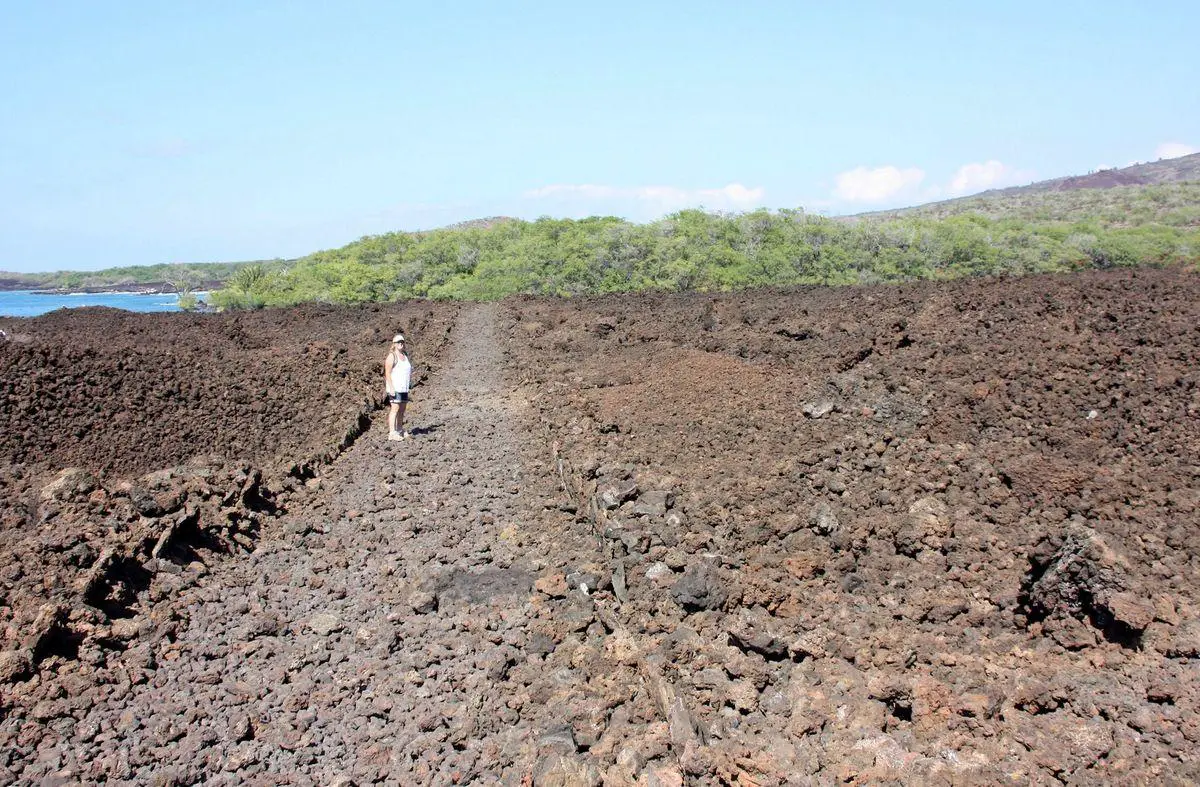
This ancient paved foot trail was built in the 16th century, during the reign of King Pi’ilani to promote the trade on the island.
Honokohau petroglyphs
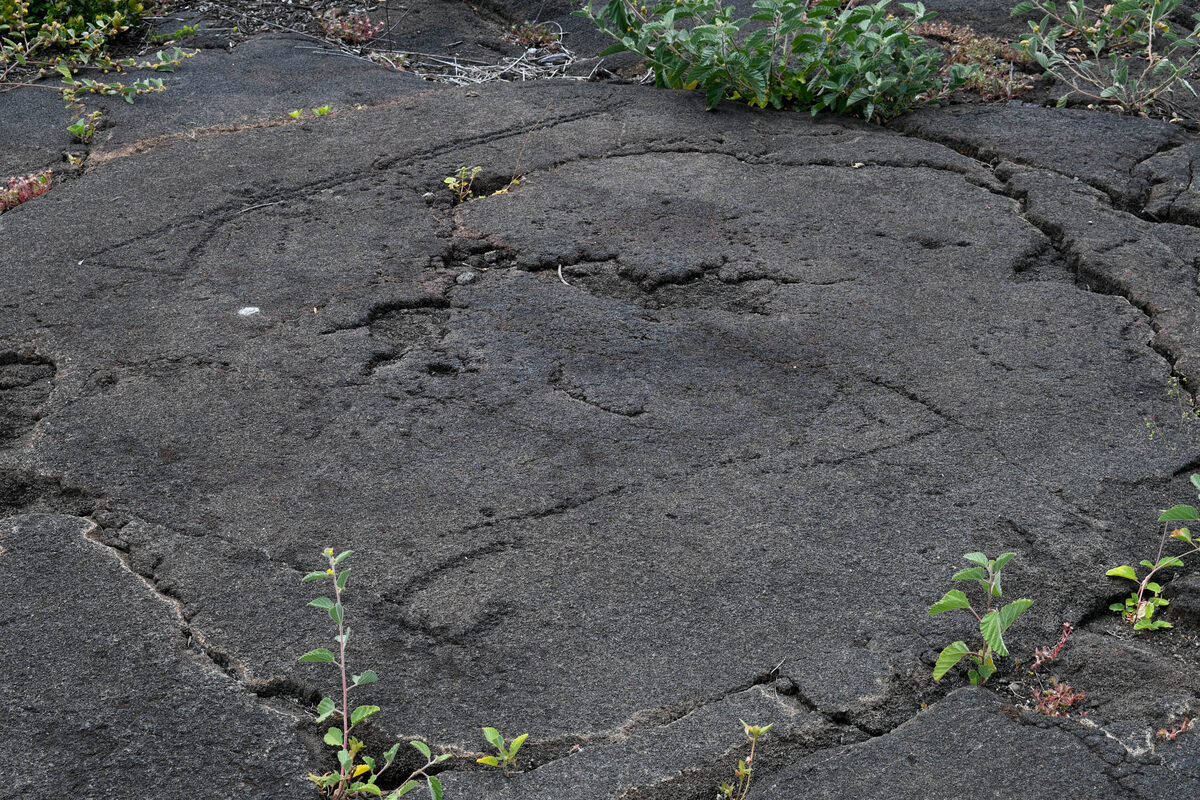
Comparatively recent petroglyphs, one even shows a full-rigged ship.
Hale O Pi’ilani Heiau
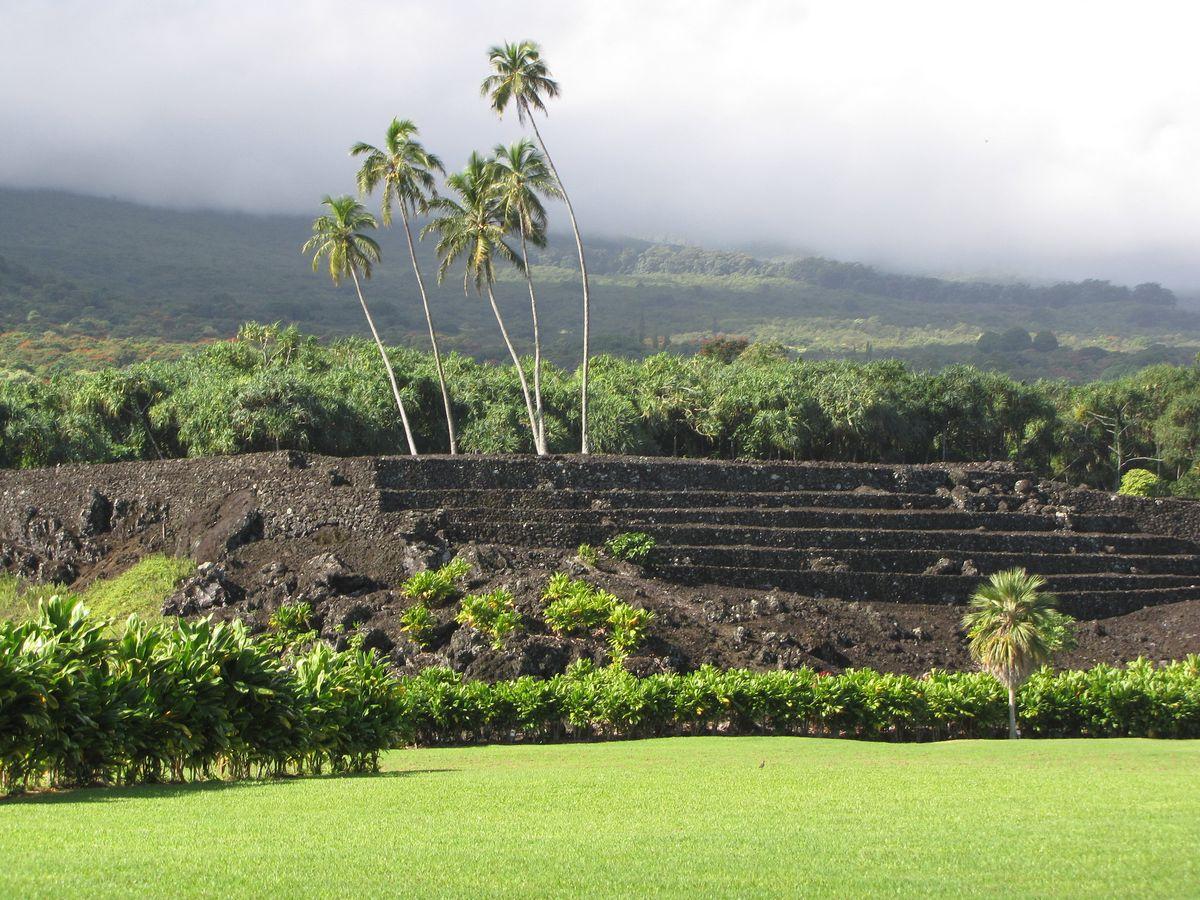
The largest known heiau – ancient Hawaiian temple. Its area is roughly 12,000 m² and walls rise up to 15 m tall. This heiau was developed since the 1200ies.
Windward Viaducts
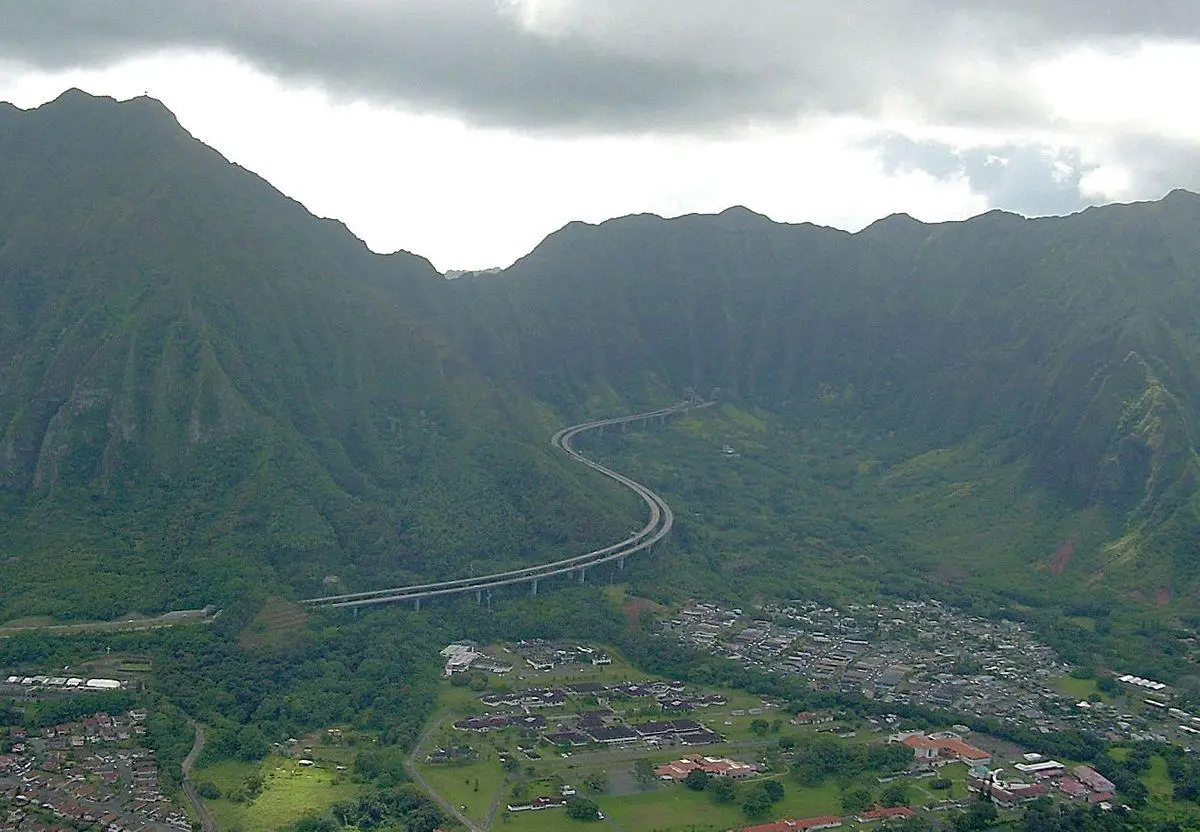
Impressive pair of highway viaducts leading along the foot of Ko’olau Range. Viaducts are some 2 km long each, with both ends entering into tunnels.
Mauna Kea Observatory
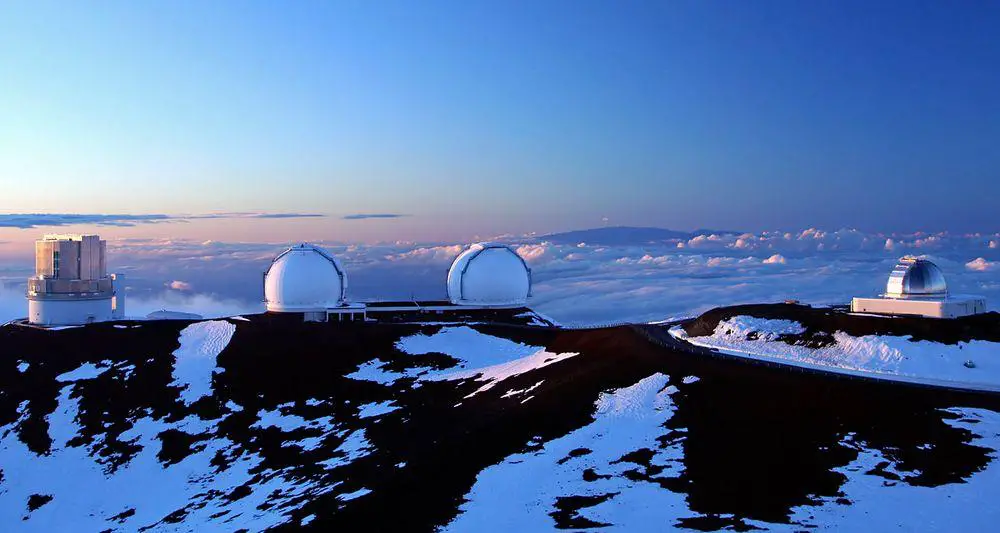
Group of astronomical research facilities on the summit of Mauna Kea. In total there are 12 telescopes, each into separate buildings, some telescopes belong to the largest in the world. This is a special land use zone, named “Astronomy Precinct” and established in 1967. Summit of Mauna Kea is free of light pollution, there is low humidity and the atmospheric conditions, in general, are stable.
Iolani Palace
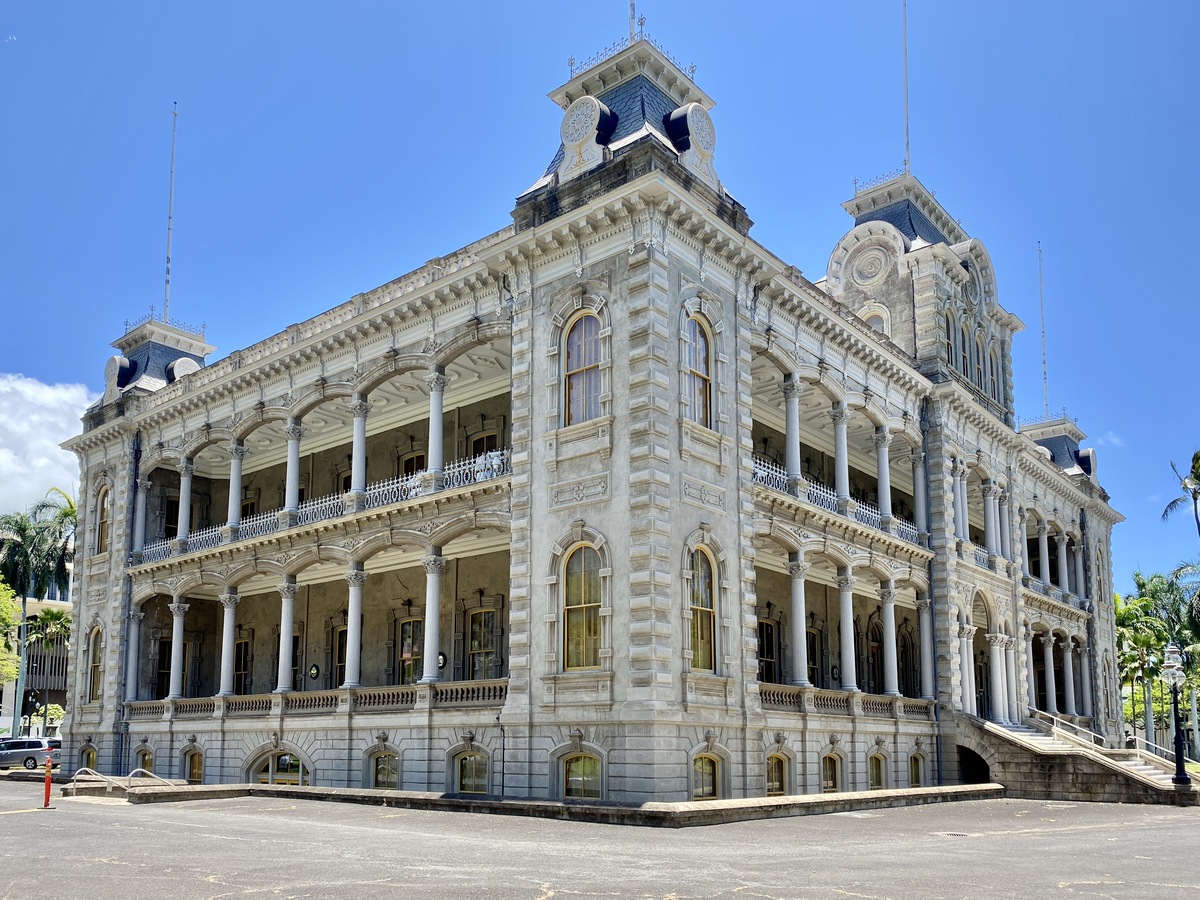
The only royal palace in the United States, constructed in 1879 by king Kamehameha V and used as a royal residence until 1893. Palace was built in a unique architectural style sometimes called – American Florentine style.
